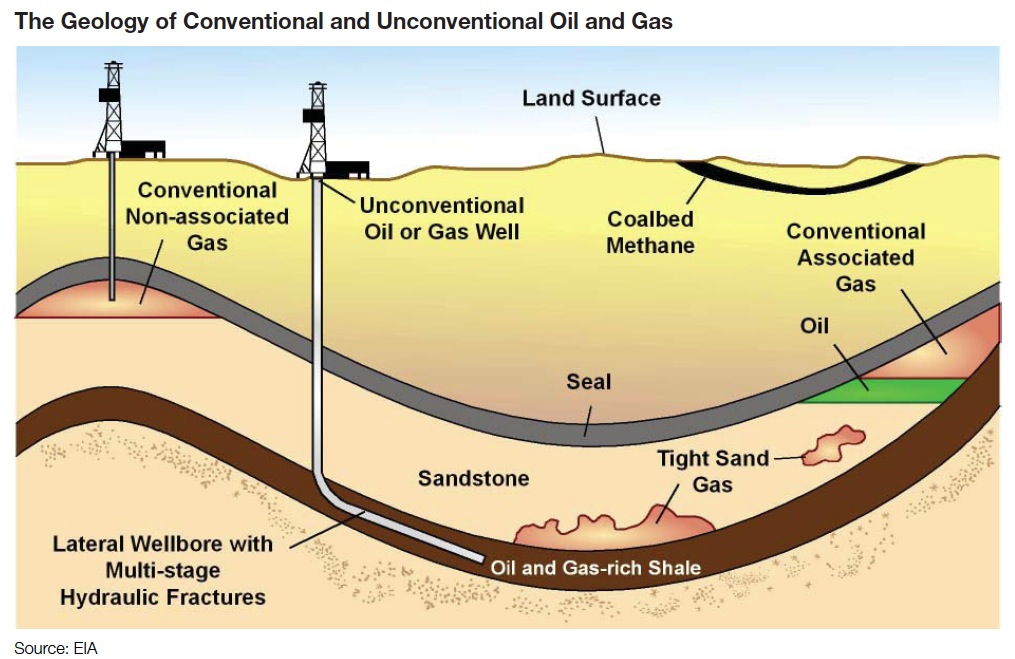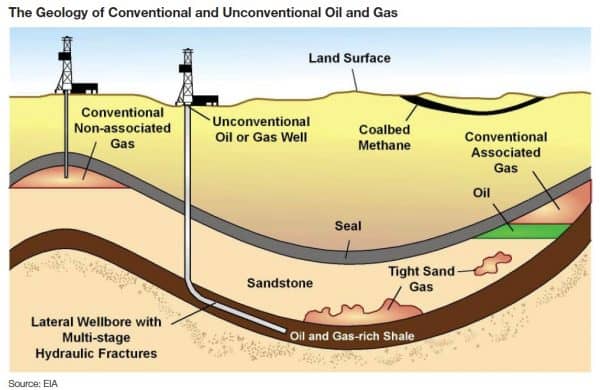Lingo, jargon, verbiage, whatever you want to call it, every industry has its own. The oil and gas industry is no different. “Conventional” and “unconventional” are terms used across the industry that many may not have a clear understanding.
So, how do these definitions (unconventional and conventional) pertain to oil & gas?
What are Conventional Resources?
By definition, the word conventional means to conform or adhere to accepted standards. So unconventional would be to not conform to these standards or not be bound to the conventional rule. Here in the US, our conventional energy sources are oil, natural gas, and coal. They are conventional resources because they are the standard set, and we have stuck to it. These are the conventional ways we have been powering our everyday lives.
What are Conventional Resources?
What is considered unconventional energy sources are wind, tidal, solar, nuclear, and geothermal. Occasionally, these sources are also referred to as renewable energy. They are used all over the world. These sources are not the standard because they are still relatively new compared to oil and gas.
Now, let’s drill down even deeper (pun intended). There are conventional and unconventional oil and gas as well. The difference between the two is not so much about the chemical compositions but more about the geological formations around the resources and how those resources are taken out of the ground.
In a nutshell, conventional oil and gas- are easy to produce, and unconventional oil and gas are more difficult to produce.
And by produce, I mean everything in production: discovering, drilling, processing, transporting, refining, and storing. For over 100 years, the sole focus of our industry has been to find oil reservoirs, set up shop in the location, drill straight down to the conventional sandstone, and retrieve the resources. New technologies have allowed companies to drill down and over (horizontal) to unconventional shale, tight sandstone, or coal beds to retrieve these resources.

Today, shale gas is the fastest-growing unconventional resource here in the United States and worldwide. With advances in horizontal drilling technology and the constant need for a clean, burning energy source, I feel we will be hearing about it for a while.
Understanding how it is defined and what it applies to will hopefully help you understand the differences between a conventional shale play and an unconventional shale play. Click here to learn more about gas shale plays.
Test your knowledge further in the industry-take the quiz. Let us know how you did!












